FarmerTan
"Self appointed king of Arkoland"
Is this a mushroom type of food?I brought home about a 5 gallon bucketful of chicken of the woods from our farm today.
Is this a mushroom type of food?I brought home about a 5 gallon bucketful of chicken of the woods from our farm today.
From what I have read, it is a great tasty mushroom.Chicken of the Woods is an edible mushroom
Fiddleheads. I purchased some from our local grocery one year. They were very good, but they need to be cooked shortly after purchase as they don't store well. They are also a bit expensive to purchase. I would get them in the back woods if I knew what I was looking for, as I don't know if all young ferns taste good when cooked or just a certain variety.
I see "lobster" mushrooms all the time on my trail running route. I've never tried them as I don'tike mushrooms, but see people hunting for them all the time.
They are bright orange, gnarly shaped and usually as big as my fist, sometimes bigger.
Picked a Comb Tooth Mushroom today.
There's still some Black Trumpets and Chanterelles,
but really their season is over.
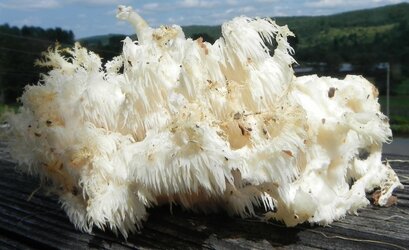
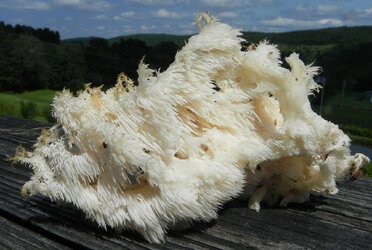
No cèpes today, but these are a type of chanterelle known as "girolle" here. Later served up in a nice quiche for dinner tonight. First time I've searched for them. A different taste and environmental setting than the slimmer chanterelles we normally search for.
I'm no expert in mushrooms. I just hunt for them with my wife's family and friends, who all know the area well and show me what to search for and where.
View attachment 1711208
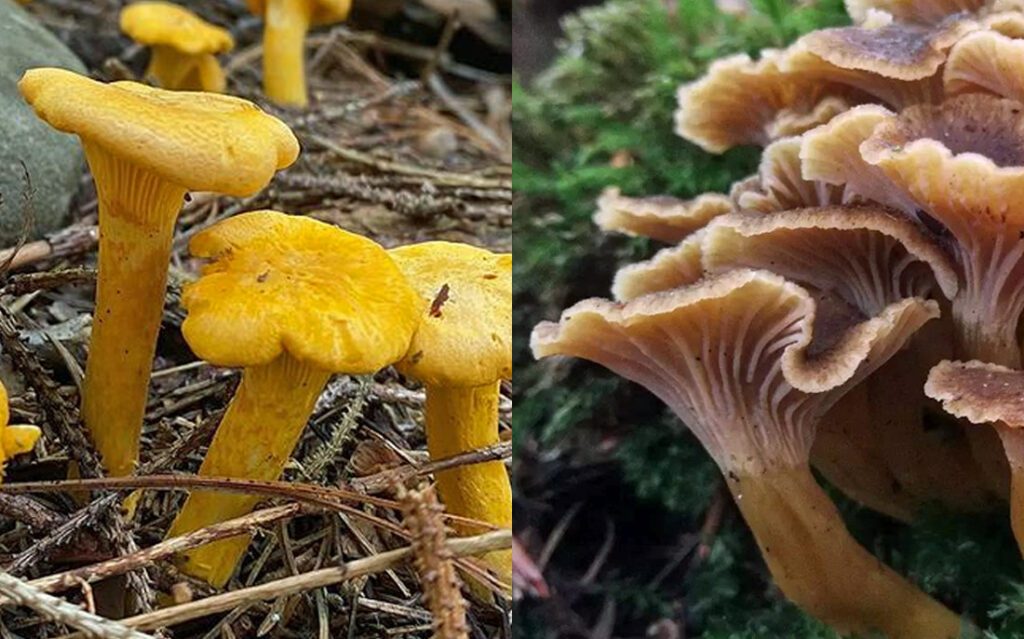










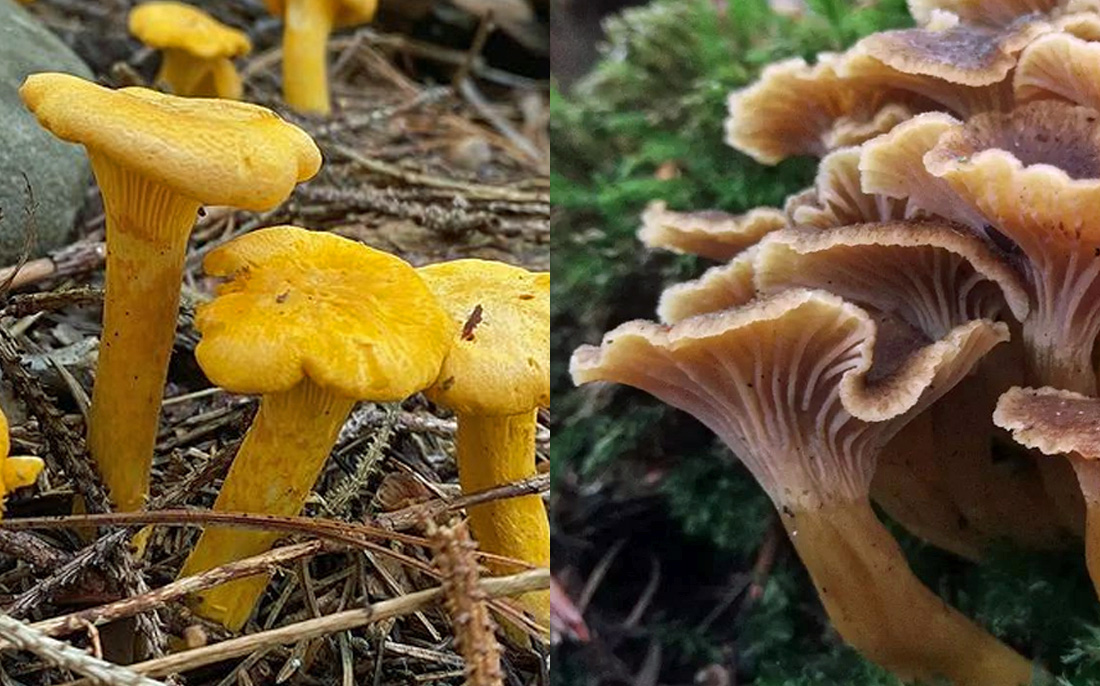
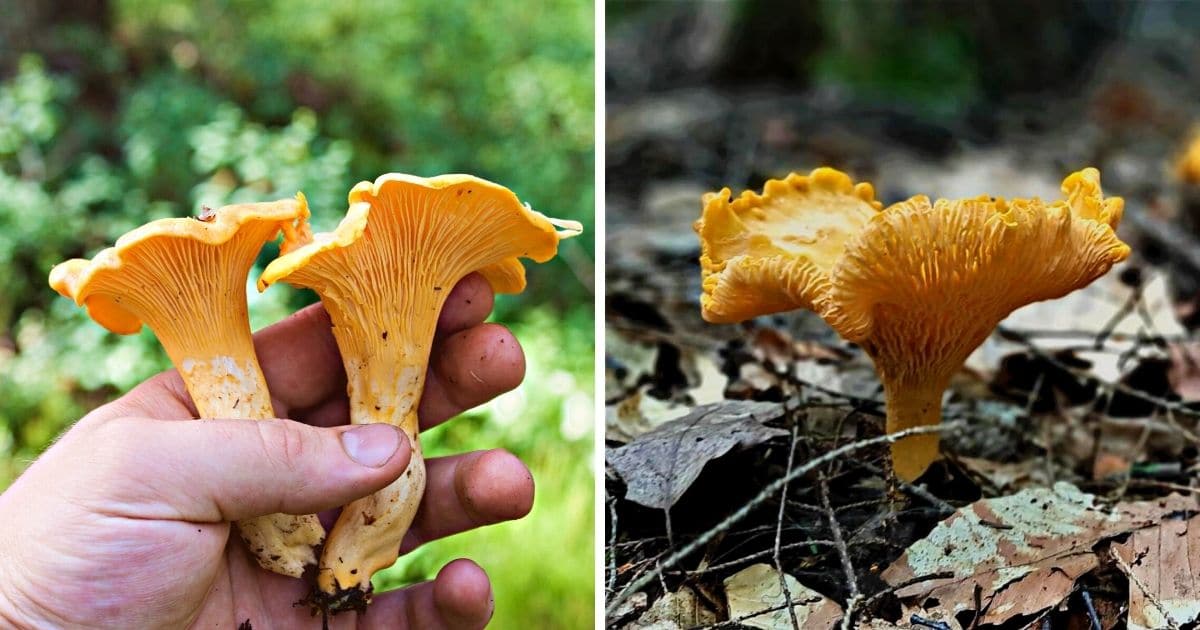
 www.mushroom-appreciation.com
www.mushroom-appreciation.com
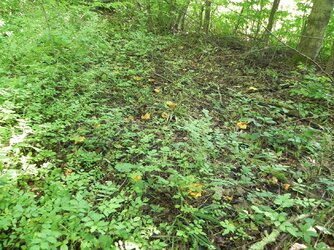
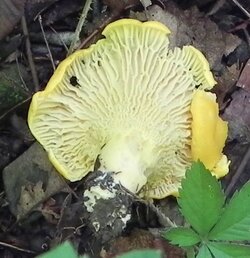
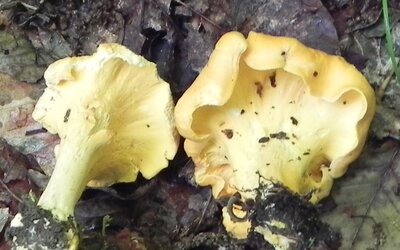
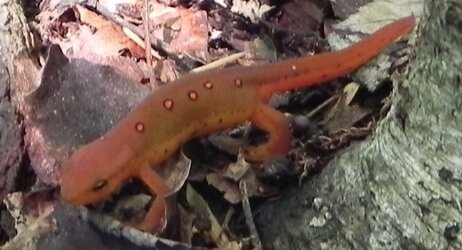
The mushrooms aren't toxic but the red efts certainly are!The red eft stage of the Eastern newt.